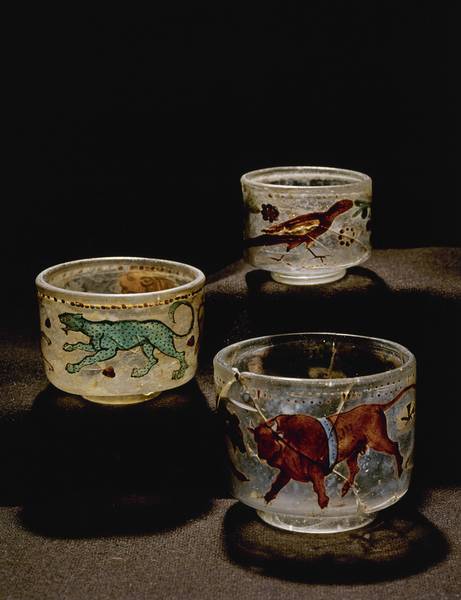The Australian Pesticides and Veterinary MEdicinces Authority is proposing to ban the use of the antibiotic virginiamycin for purposes of promoting growth in chickens, pigs and cattle.
Virginiamycin is added as a supplement to feed where it increases the growth of animals as well as reduces mortality. Under the proposed change in Australia, the antibiotic could be used only to treat animal disease. The Veterinary Medicines Authority’s Tim Dyke said in a prepared statement,
Since a related antibiotic is now being used in human medicine we wish to avoid any livelihood of antibiotic resistance developing and affecting people . . . Canceling its use as a growth promotant in animals is the way to do this.
Whether or not the risk is real is debatable. An article currently in press for the Journal of Risk Analysis puts the potential benefit assuming the worst case scenario at less than 1 additional life saved in both the United States and Australia over the next 5 years from a total ban.
Interestingly, virginiamycin and similar drugs have already been banned in the European Union and there is some evidence that it led to a decrease in animal welfare and an increase in the use of other antibiotics. A study by the International Federation for Animal Health — which represents companies that manufacture vaccines, antibiotics and other animal health products found that,
The diminution [of the antibiotics banned by the EU] has, however, been at the cost of a deterioration in animal welfare. There have been reports of increased morbidity and mortality, for example among young pigs, mostly associated with enteric infections, in Denmark, and in poultry, again associated with enteritis, in France. This has driven, at least in part, a substantial increase in the use of therapeutic antibiotics in Europe – in Denmark from an overall 48 tonnes in 1986 to 94 tonnes in 2001. The main antibiotics involved in this increase have been tetracycline, mostly used in pigs, whose usage increased from 12.9 to 27.9 tonnes (a 106% increase), macrolides and lincosamides (7.6 to 14.3 tonnes, 88%), and aminoglycosides (7.1 to 11.9 tonnes, 68%). This has occurred despite attempts to improve other critical aspects of animal husbandry to make up for the loss of the growth promoters. Experience in Sweden suggest that this may eventually be partially effective but with an increased financial burden, but it is far from clear that this will apply to the whole of Europe where conditions are different from those of Scandinavia.
Pfizer, which manufactures virginiamycin unsuccessfully sued to have the European Union ban overturned. The EU ban was denounced as “contrary to scientific evidence” by a member of its own Scientific Committee for Animal Nutrition which in 1998 examined a Denmark study on the risks of virginiamycin and found it wanting.
Sources:
Outcome of discussions #14. Scientific Committee on Animal Nutrition, July 10, 1998.
NOAH regrets antibiotic ban. National Office of Animal Health, 1998.
The European ban on growth-promoting antibiotics and its consequences for animal and human health. International Federation for Animal Health, November 2002
Ban planned for animal antibiotic. AAP, April 6, 2003.

 In May, the director of Denmark’s Trapholt Art Museum in Kolding was acquitted of animal cruelty charges that stemmed from a bizarre installation at the museum.
In May, the director of Denmark’s Trapholt Art Museum in Kolding was acquitted of animal cruelty charges that stemmed from a bizarre installation at the museum.